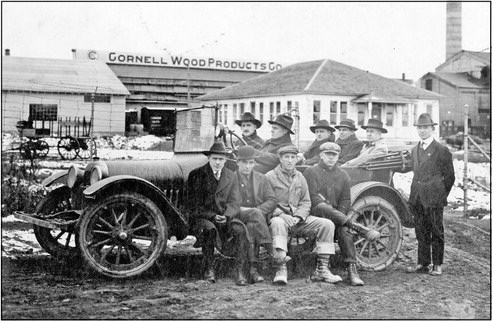A story of Cornell, from memories of its people


Back at the turning of the 19th century to the 20th century, in what became northern Chippewa County, Estella was a flourishing community of Scandinavian and German immigrants, wi...


Back at the turning of the 19th century to the 20th century, in what became northern Chippewa County, Estella was a flourishing community of Scandinavian and German immigrants, wi...